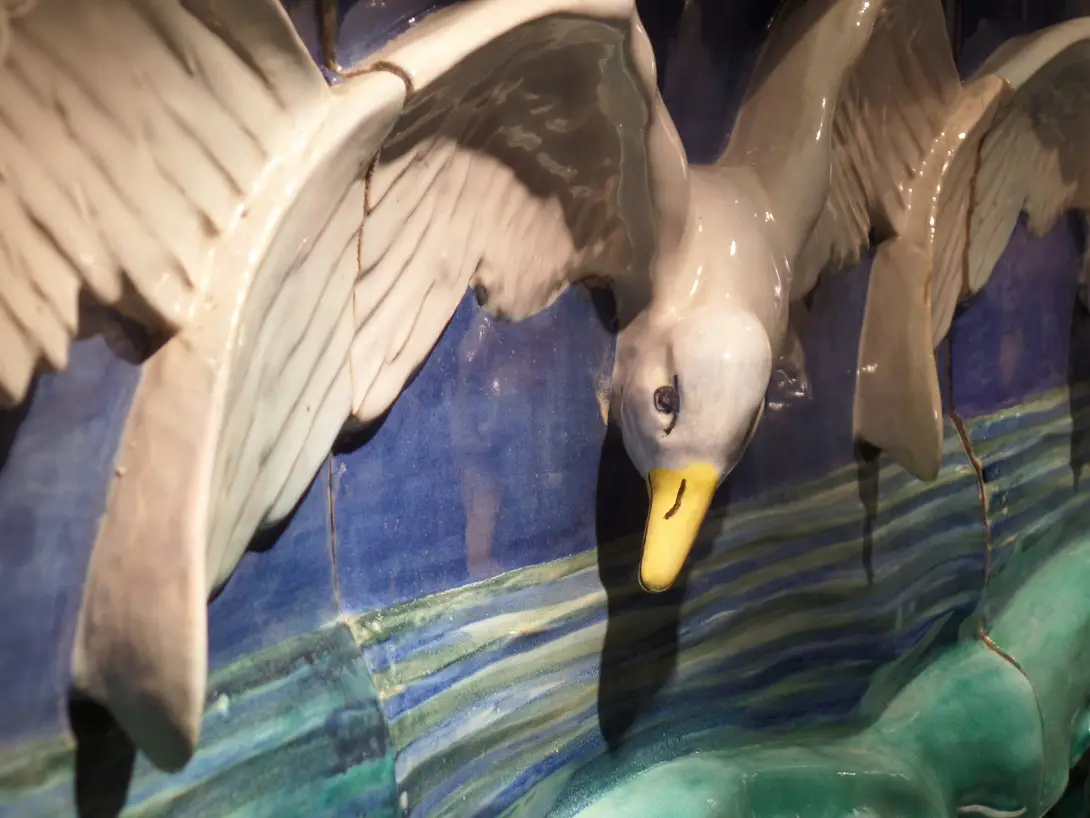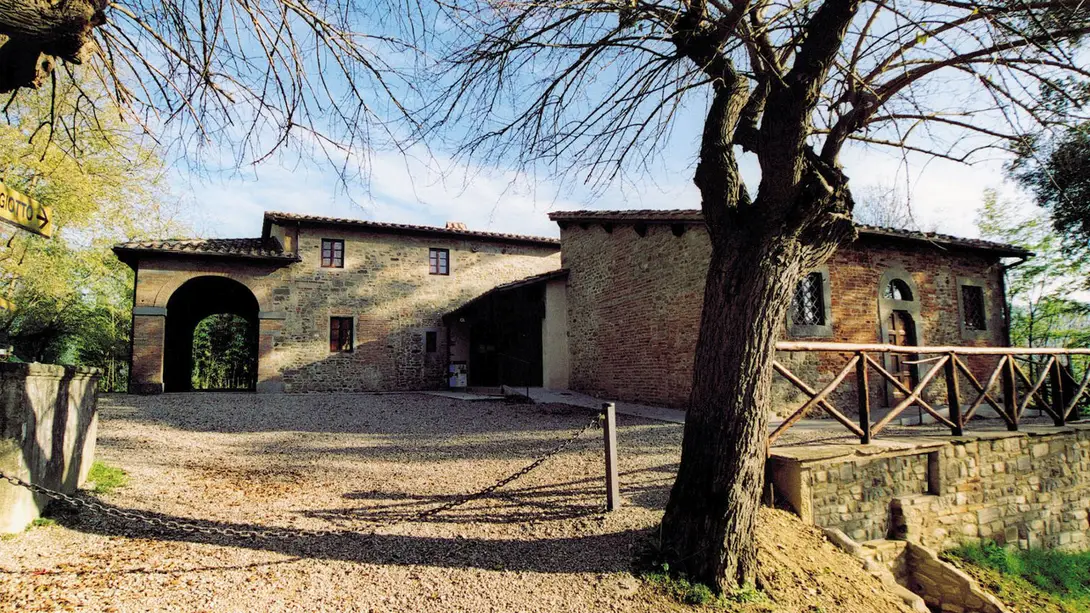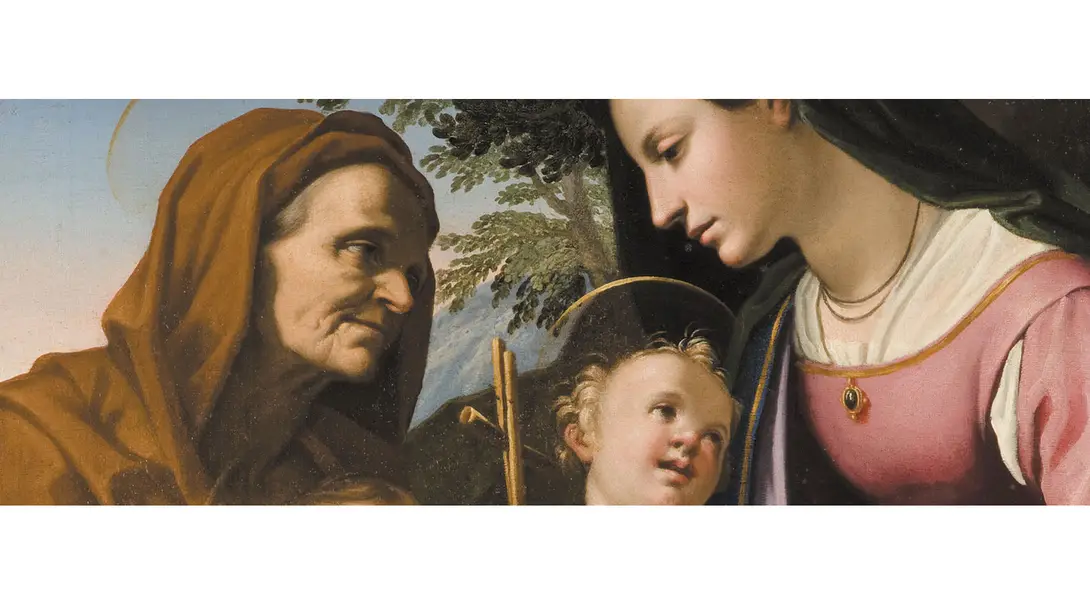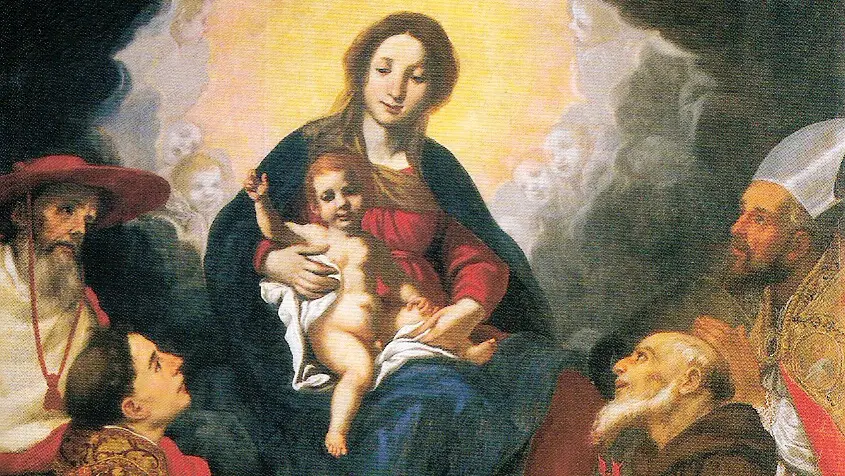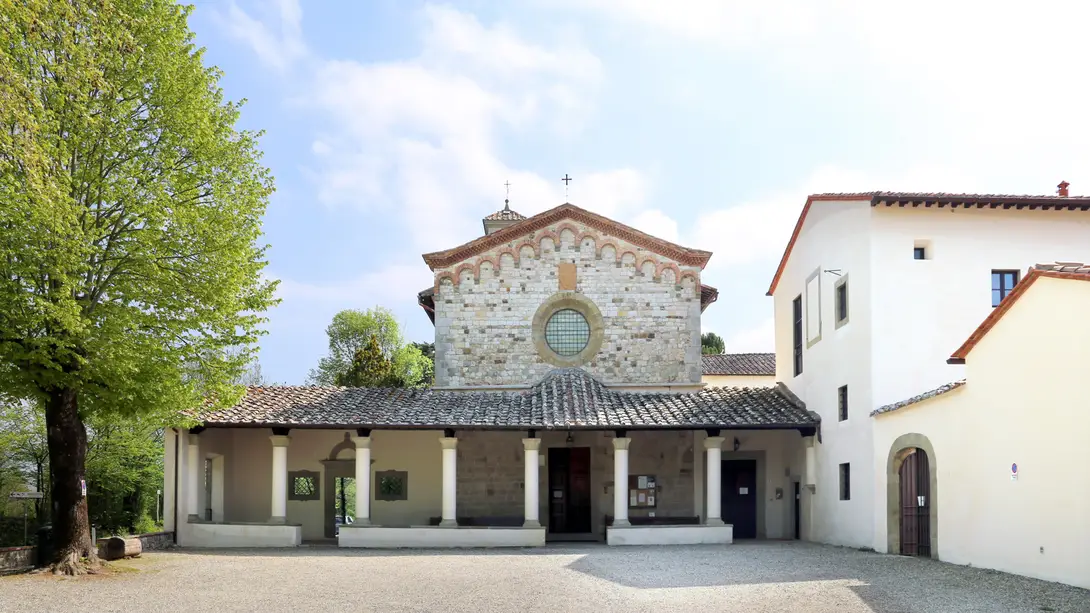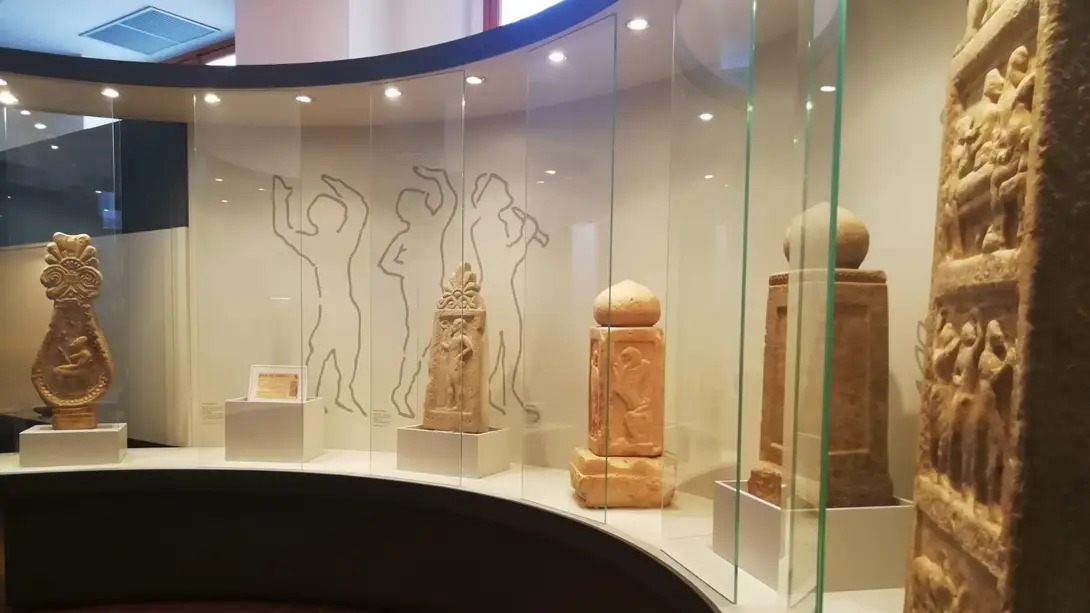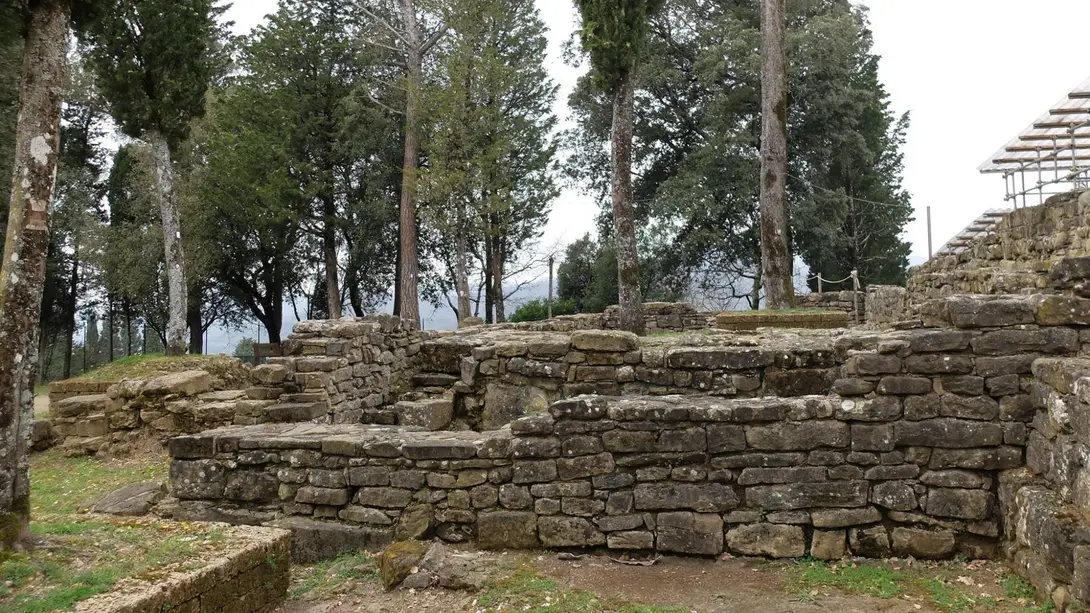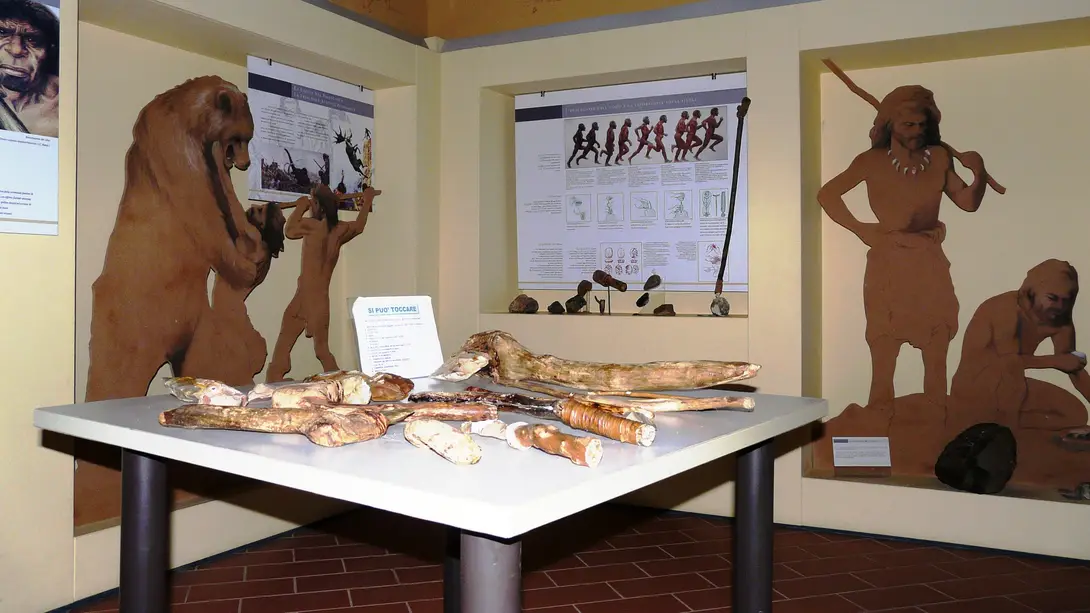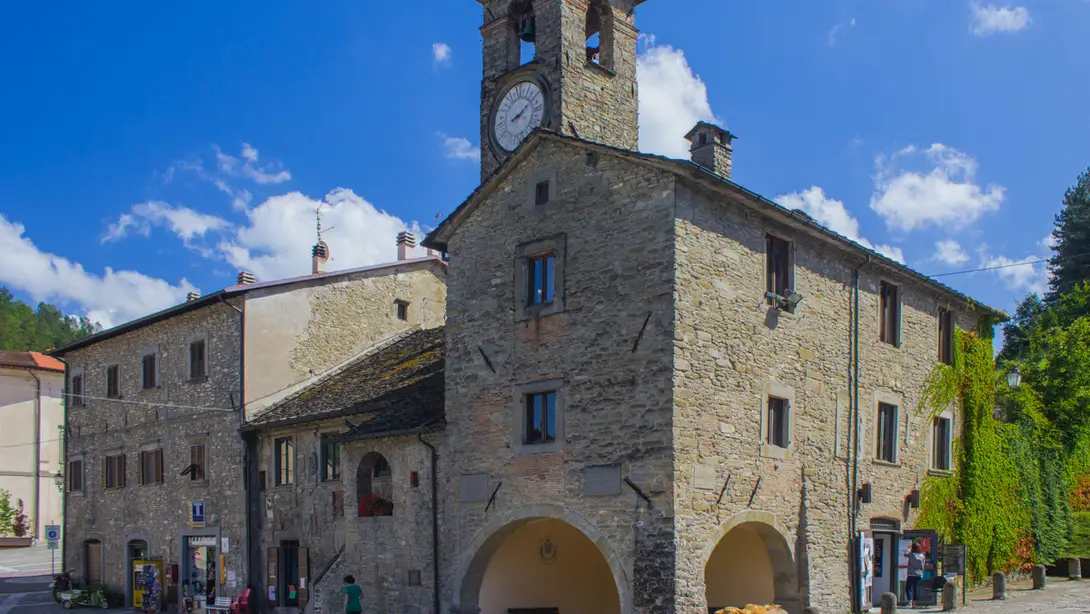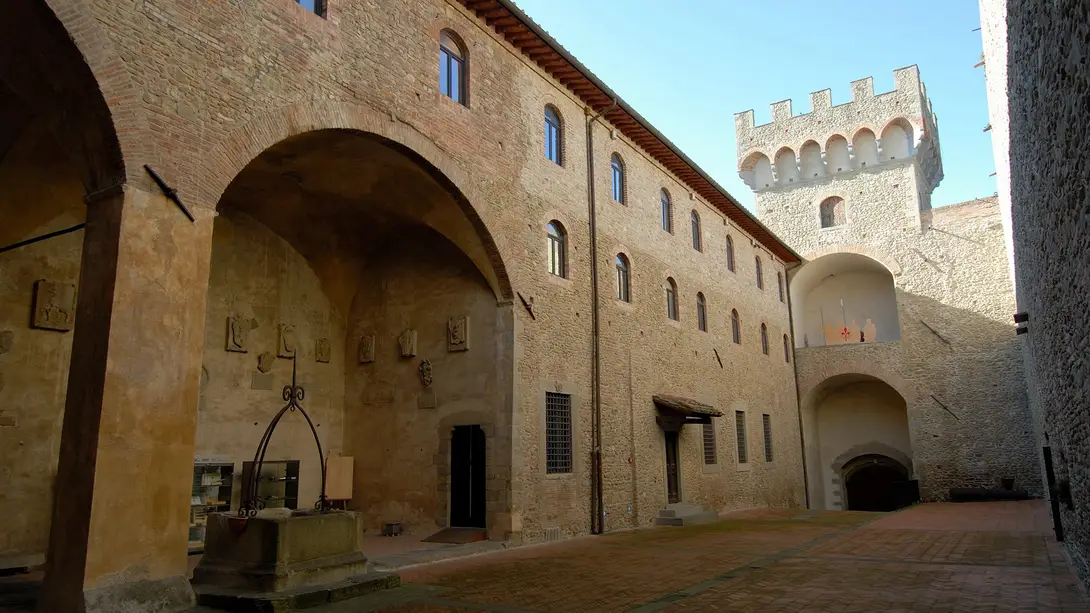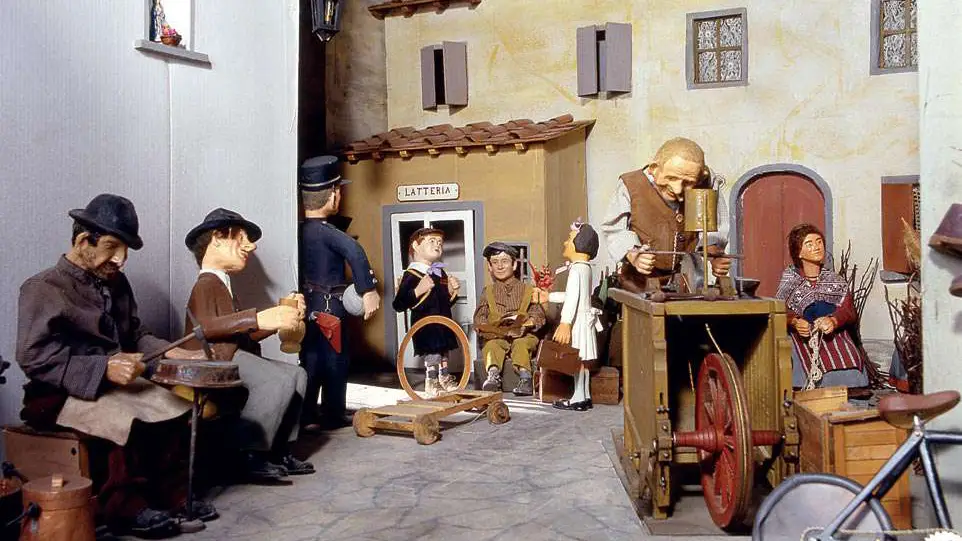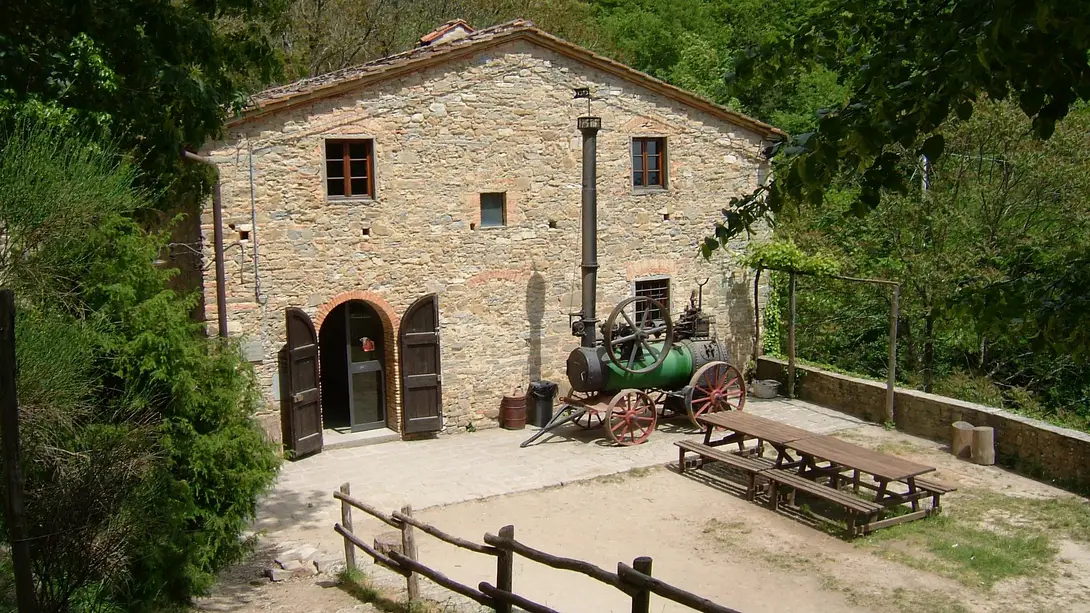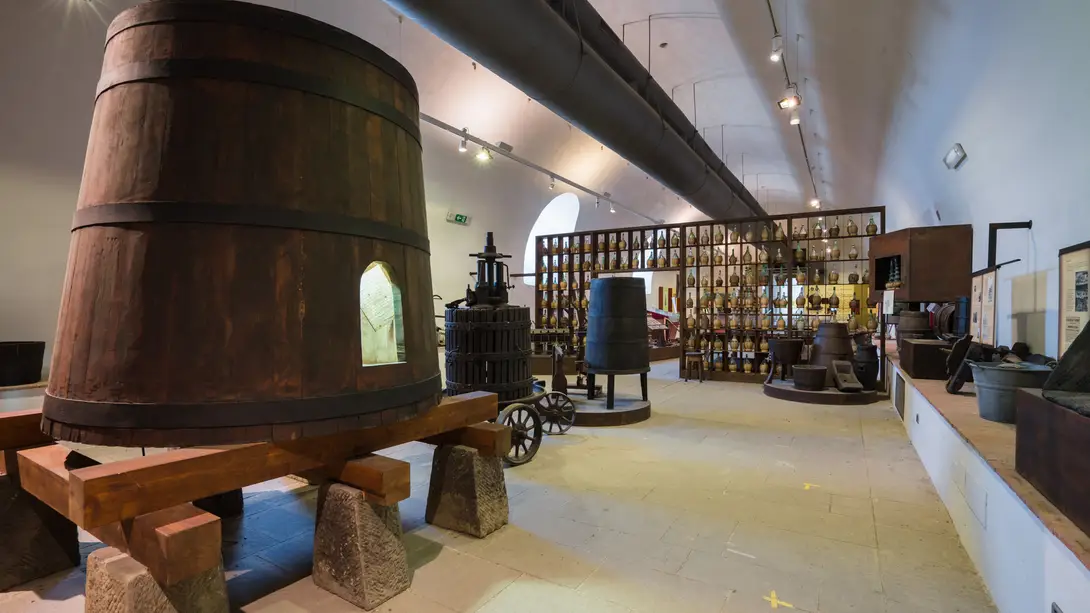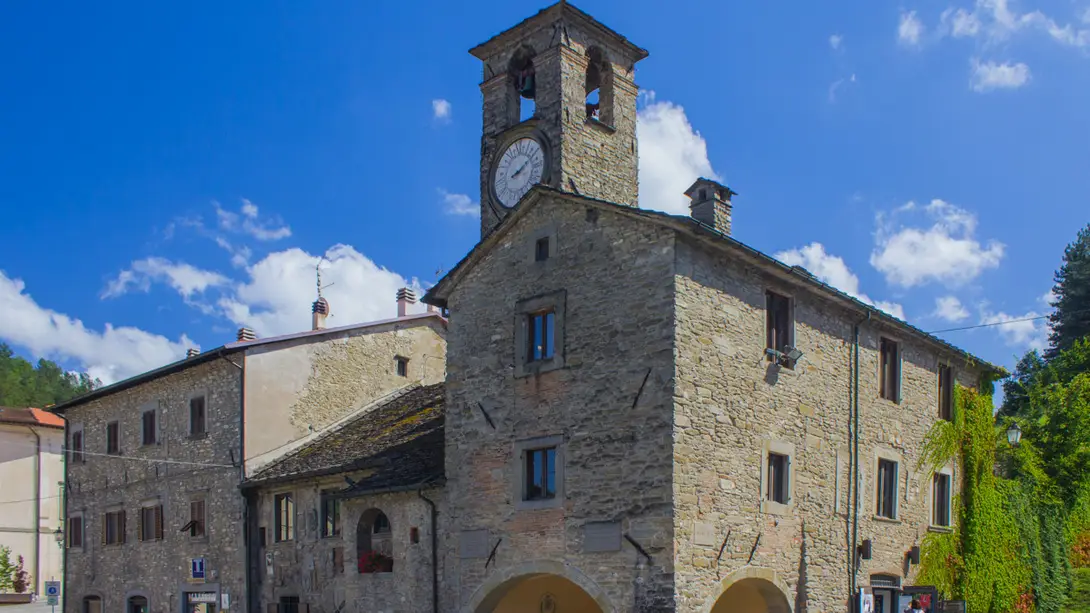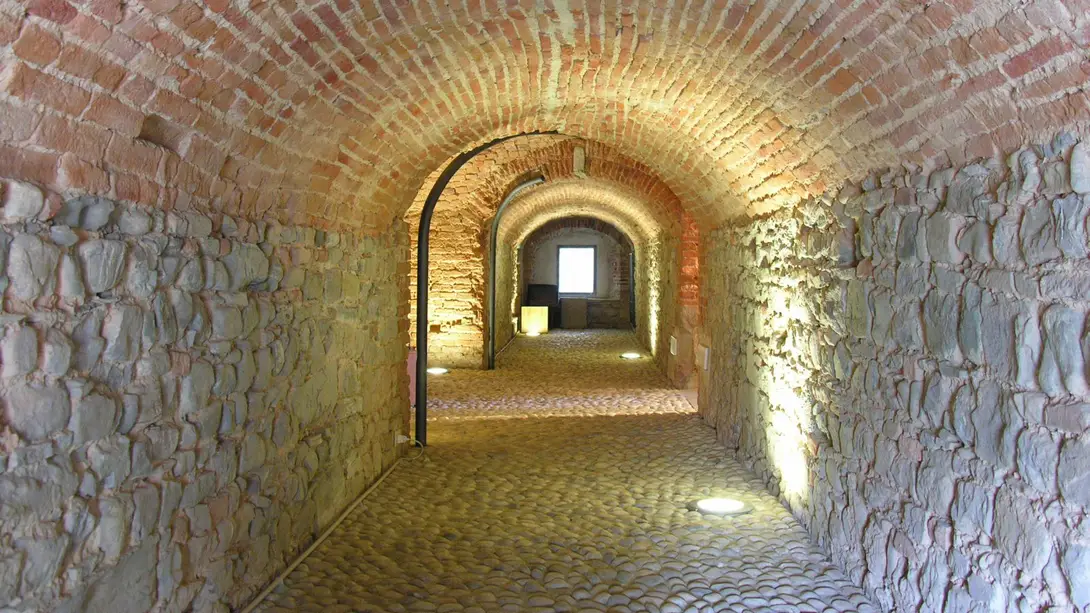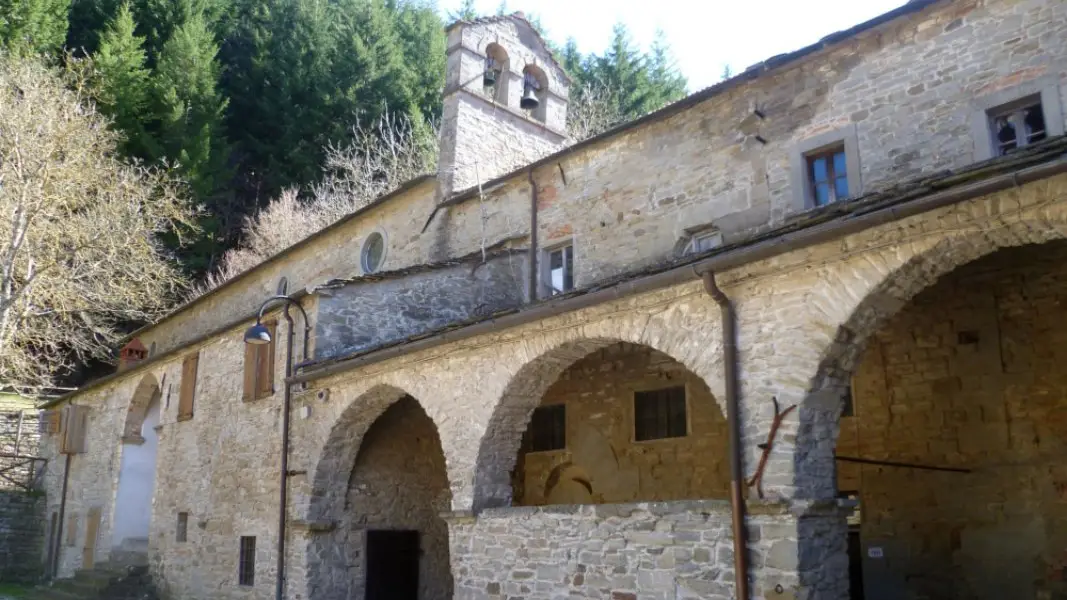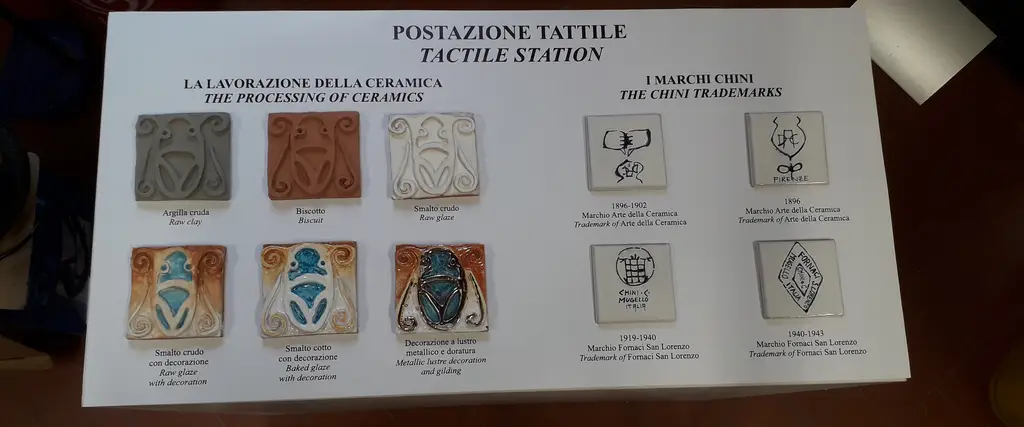
Etapas
Museum of Sacred Art and Popular Devoutness Beato Angelico
Piazza Don Lorenzo Milani 7, 50039 Vicchio FI, Italia
Convent of San Bonaventura al Bosco ai Frati
Località Lucigliano, 1, 50037 Scarperia e San Piero FI, Italia
Archeological Museum of Mugello and Val di Sieve
Piazza della Repubblica, 3, 50062 Dicomano FI, Italia
Archeological Site of San Martino a Poggio - Frascole
Frazione Frascole, snc 50062 Dicomano FI, Italia
Archaelogy Documentation Centre at Sant'Agata
Via della Pieve, 3, 50038 Scarperia e San Piero FI, Italia
Archaeological Museum Upper Mugello
Palazzo dei Capitani, P.zza E.Alpi, 3, 50035 Palazzuolo Sul Senio FI, Italia
Sant'Agata craft and rural life Museum - Leprino Museum
c/o Centro Polivalente, Via Montaccianico, 50038 Localita' Sant'Agata, Scarperia e San Piero FI, Italia
Museum of Mountain Folk
Palazzo dei Capitani, P.zza E.Alpi, 4, 50035 Palazzuolo Sul Senio FI, Italia
